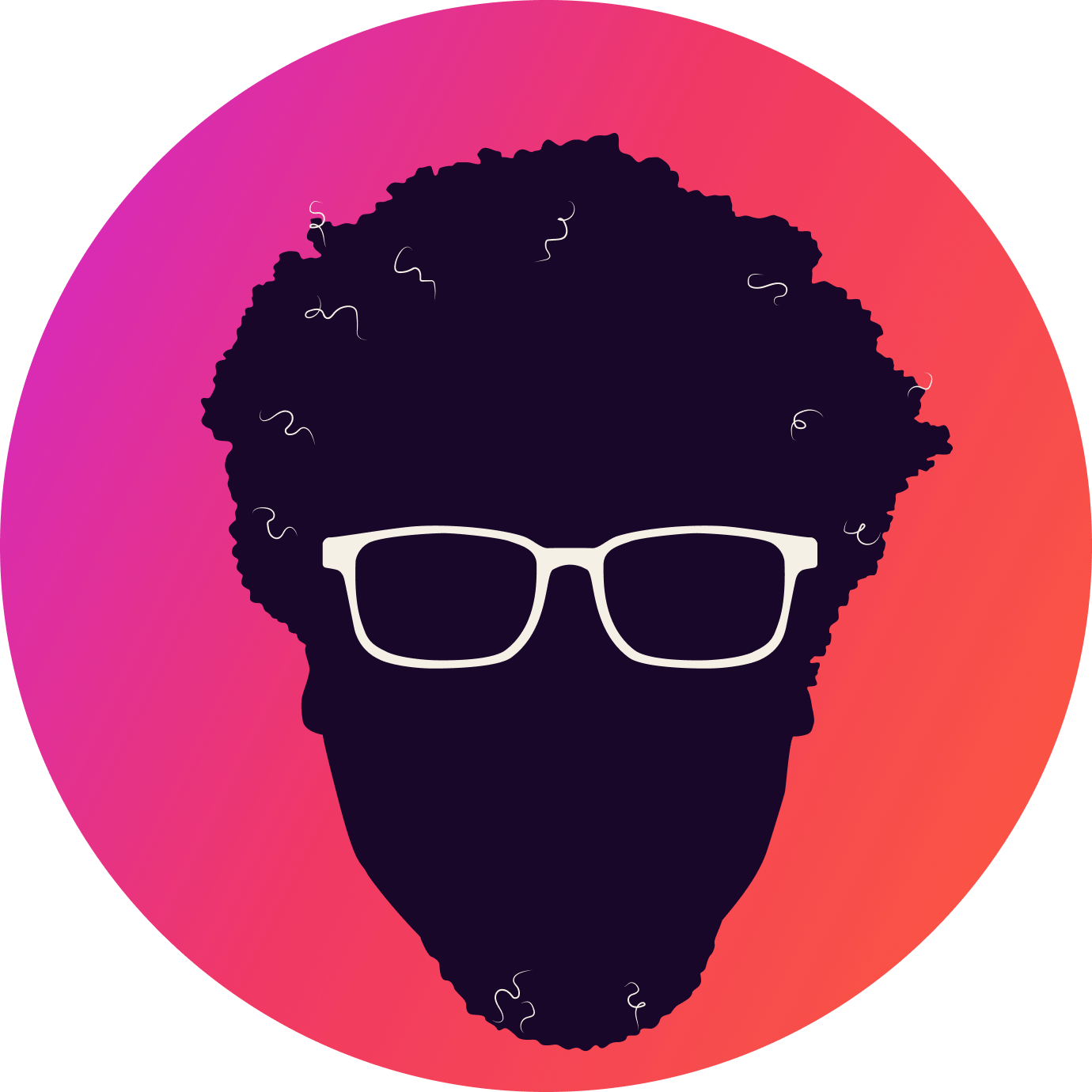Issue #52: Embracing Web 4.0: The Intelligent Web
Howdy 👋🏾. No matter how often I make rice, I need a reminder of the different water-to-rice ratios for different types of rice grains. A Basmati is just a bit different than a Jasmine rice, and as a New Orleanian, serving bad rice is a sin. For years and years, I would do a quick search on Google to confirm. That gradually shifted to me asking Alexa and now Siri, who does a so-so job with responses. If this sounds somewhat normal to you, you already understand why Google Zero and Zero click search results are not only here but inevitable in a world of AI-powered assistants.
This transition is a shift in how we interface with the web, and this evolution has been happening for some time. The primary competitor to the web browser and the open web is the ever-expanding app ecosystem. Several years ago, The Oatmeal posted a comic that still perfectly describes this change, one that is now accelerated by AI.
In a recent newsletter, I covered the death of SEO and how AI is accelerating the death of the open web because it can answer a question using the web as its source but without the attribution or click you might depend on. My question about rice is a prime example. Many articles and recipes exist on the web that explain how to make perfect rice, but my question can be answered without needing me to click in and view ads or note the website the content came from.
In many ways, I see Web 4.0, known as the semantic web or the intelligent web, as a distillation of these ideas. Web 4.0 understands the Internet’s evolution into ecosystems and uses that understanding to reimagine a web where the web browser is not king. I like to think of Web 4.0 as the API-fication of the Internet, where APIs or Application Programming Interfaces speak to the ways we allow computers or ecosystems to communicate with each other. Some of the core tenants include:
Decentralization
Decentralization, which I think is best reflected in the push by the social media platforms Threads and Blusky to accept the Fediverse and open their doors to other ecosystems that manage and maintain their own rules. In a world of AI bots, this becomes incredibly important. For the next generation of personal AI bots to really help us, they need ways that they can interact with other bots or computers to help get the information we need. For example, if you want a plane ticket from Southwest Airlines, it would be great to write a message or ask a virtual assistant something like, “What are the 3 cheapest nonstop flights this Thursday from Baltimore to New Orleans?”. To make this possible, AI will need the ability to bypass a website and ask questions to a company’s APIs, creating a lesser need to flock to a browser.
Artificial Intelligence and User-Centric Design
Artificial Intelligence and User Centric Design speak to increasing depth of customization and personalization. Platforms know a lot about us, and they can use this information to better personalize experiences to match our needs or target content based on our likes. On the web, DXP or Digital Experience Platforms are allowing web and mobile applications to integrate information from CRMs or other data sources to dynamically change the flow of content to cater to a user. TikTok and Instagram have had highly targeted ads for years, but TikTok’s shopping marketplaces are becoming highly personalized shopping malls that cater products to you based on your needs. To date, while possible, true customization has been hard, and the results have been so-so. What is changing is the power of AI tools combined with rich customer information and the ability of these bots to customize messaging that feels truly targeted and human.
Advanced Interactivity
The world of mixed reality has stumbled quite a bit. The AI Pin was a flop, and Apple Vision Pro, while amazing, proved how far these devices might be from the norm. They also reflect our growing need for Advanced Interactivity that moves beyond the keyboard. Voice assistants are an amazing step, but the voice is not always the right tool, especially in busy and noisy environments like offices, buses, or trains. Web 4.0 will help to meld mixed reality experiences and non-keyboard experiences to make the ways we interact with the web different and unique.
IoT or the Internet of Things
Finally, IoT or the Internet of Things is becoming easier with better support for standards like Thread. To date, IoT has been clunky, and interoperability between ecosystems is limited, but this is changing as more devices can easily communicate with one another without needing a developer to configure things. IoT is also evolving in other ways like Amazon’s Sidewalk Network, NFC devices that can share data like business cards and menus, the ability to tap and pay, or features like AirPlay that let you stream music to a device you’re in proximity of.
It’s early in this new wave of an AI-powered, decentralized API-first web that allows for intense personalization, new ways of interacting, and easier connectivity between devices, but the seeds are sprouting. Now my sponsors and thoughts on tech & things:
🤝 This week’s newsletter issue is proudly sponsored by:
⚡️Forbes is taking legal action after Perplexity AI released a beta product that summarizes or answers questions from sourced content. As Forbes put it, the content is directly based on their own but does not properly credit or attribute it while beating them as the original source of the content in search results.
⚡️Tim O’Reilly, creator of O’Reilly Media, has an interesting write-up on AI copyright infringement and some thoughts on how rights holders should get paid. The system is similar to that of streaming music on online training libraries, where a revenue pool is created and paid out based on your percentage of streams. In his model, AI knows the sources of the data it uses to create a response and pays out for the use of that data. It’s interesting and worth a read.
⚡️From the day Zara and I met, I knew it was only a matter of time before an AI-focused social network emerged, and it’s here. I haven’t had a chance to download the app yet, but this is only the beginning of more and more AI-generated content targeted to your personal interest. Crazy time to be alive!
APIs and stronger standards for open communication are going to become extremely important as we embrace Web 4.0 and AI. Many of my enterprise clients are flocking to build large data lakes that pull systems together to create powerful RAG (Retreival-Augmented Generation) data sources that can feed their AI systems. If you want a powerful healthcare AI tool, it must talk with your EHR (Electric Healthcare Record) system. If you want an HR bot, it needs to talk with your HRIS (Human Resource Information System). If you are looking to do something for customers or sales, it probably needs insights into a CRM (Customer Relationship Management) or support and ticketing system.
Those enterprises facing the most difficulty are companies locked into agreements with legacy systems that purposely make it hard to get access to this data or those who build protective walls around their systems to make migration harder or force you to use their own brand of products. This is not just a pain; it’s a setback that will make businesses that can openly access their data unable to compete with those that can.
Thank you to the Baird Consulting Group for being the first sponsor of Thoughts on Tech & Things. If you need help filling a position or find yourself in the market, please reach out to them here or upload your resume to their website.

I am actively seeking additional sponsors for a variety of exciting initiatives. If you or your organization are interested in exploring opportunities, need a fractional Chief AI Officer or AI consultancy, or are interested in participating in one of my workshops, please don’t hesitate to contact me via my website or at jason@jasonmperry.com.
I hope you had time to reflect over the Juneteenth break, and I’ll see you all next week.
-jason
p.s. I guess AI more than mimics reality. A competition for the best AI-generated photo disqualified one of its winners after the photographer admitted that it was a real photo and not actually AI-generated.



